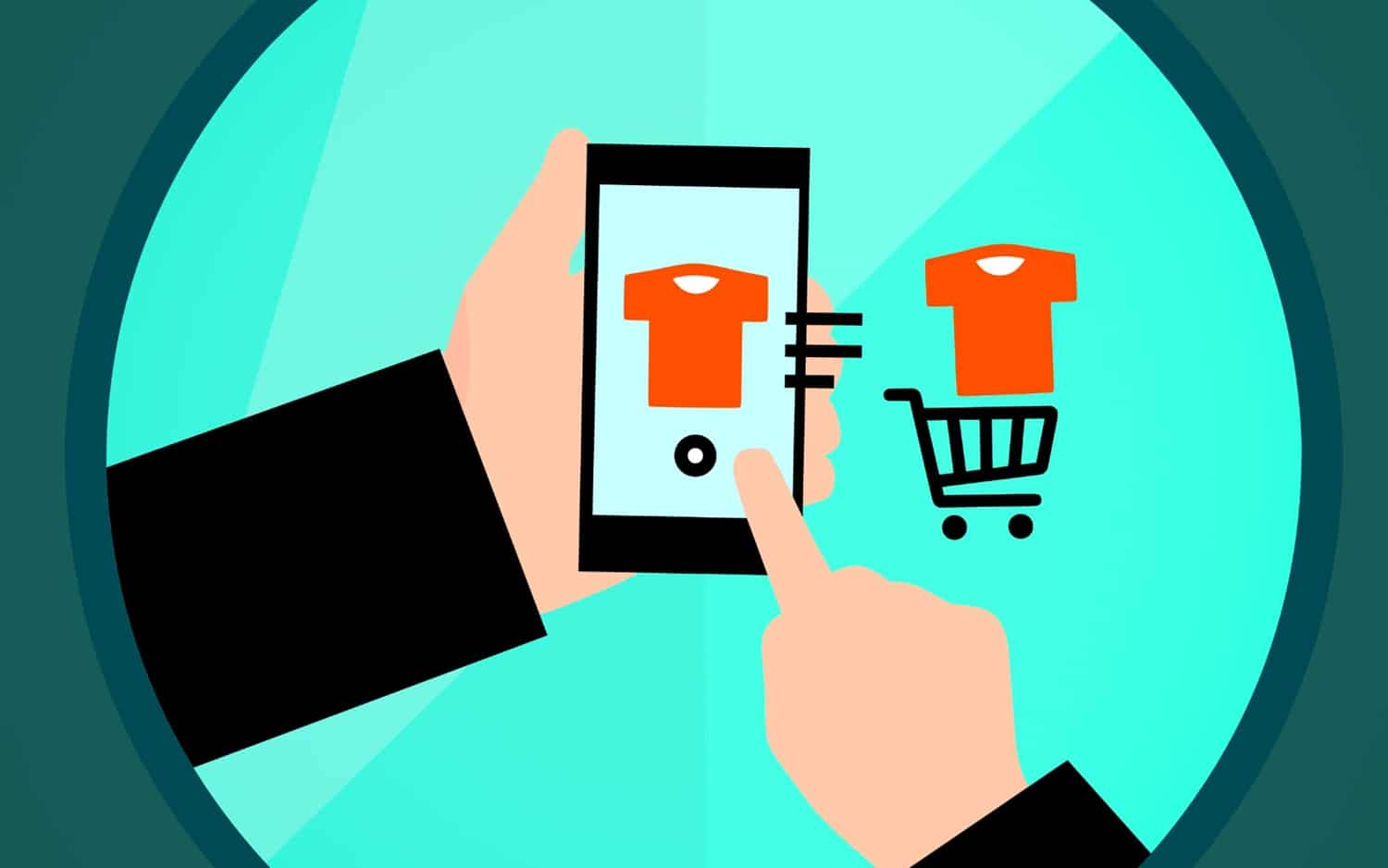Dropshipping has revolutionized the e-commerce landscape by offering an innovative business model that bypasses the logistical challenges of traditional retail. This strategy, however, is not a magic bullet. It requires a keen business sense, a strategic approach, and in-depth market insight. This exhaustive guide will address the often asked question of the necessary age to embark on a dropshipping venture and provide a detailed exploration of the prerequisites, benefits, and a comprehensive roadmap to launch your dropshipping business. So, how old do you have to be to dropship?
The Age Requirement for Dropshipping
In most countries, the standard legal age to start a business, including dropshipping, is 18. This age limit is due to the legal obligations associated with running a business, such as entering into contracts and conducting financial operations. Nonetheless, younger enthusiasts with a zeal for entrepreneurship can get around this hurdle with adult supervision or legal guardianship, ensuring they abide by all local business regulations.
Prerequisites for Starting a Dropshipping Business
1. Comprehensive Business Plan
Your business plan serves as the backbone of your dropshipping venture. This document should provide a detailed outline of your business objectives, a thorough market analysis to pinpoint your target customers, a competitive analysis to understand your business landscape, a sales and marketing strategy to pull in and retain customers, and a financial strategy to ensure profitability and sustainability.
2. Reliable Supplier Network
Developing solid relationships with dependable suppliers is critical to the success of your dropshipping business. For instance, if you choose to sell artisanal candles, you need suppliers who can consistently deliver high-quality products, ensure punctual delivery, and offer prices that allow you to maintain a healthy profit margin.
3. Selection of an E-commerce Platform
Your online store serves as your business’s storefront. Selecting the right e-commerce platform, such as Shopify, WooCommerce, or eBay, is crucial to the user experience you provide to your customers. Each platform has its strengths—Shopify stands out for its intuitive interface, while WooCommerce is an excellent option for those already using WordPress.
4. Legal Compliance
Adhering to the legal requirements of running a business is a non-negotiable aspect of setting up your dropshipping venture. You need to familiarize yourself with the business laws in your region and the regions you plan to target, understand consumer protection laws, acquire the necessary business licenses, and be clear on your tax responsibilities.
5. Marketing Expertise
Effective marketing strategies are crucial for bringing in and retaining customers. Proficiency in SEO can increase your website’s visibility, social media marketing can help you interact with your audience, email marketing can keep your customers updated, and content marketing can help establish your brand’s voice and identity.

Benefits of Dropshipping
Minimal Startup Costs
One of the key attractions of dropshipping is its low entry costs. You don’t need to invest in inventory or warehousing, which significantly reduces the capital required to launch your business.
Ease of Setup
Setting up an online store is considerably less complex and quicker than opening a traditional retail store. Many e-commerce platforms offer user-friendly interfaces and tools to streamline the process.
Operational Flexibility
A dropshipping business can be operated from anywhere with an internet connection. This flexibility allows for a better work-life balance and opens up the possibility of running your business while traveling or working from home.
Scalability
Dropshipping offers a relatively straightforward path to scaling up your business. Since you don’t handle inventory or logistics, expanding to new markets is significantly simpler compared to traditional retail models.
Diverse Product Offering
Without the need for pre-purchasing inventory, you can offer an extensive range of products to your customers. From fashion accessories to kitchen gadgets, the variety you can offer can enhance your store’s appeal and boost sales.

Setting Up Your Dropshipping Business: Step-by-step Guide
1. Identify a Niche
Choosing a specific niche can help set your business apart. Conduct extensive market research to identify current trends, consumer interests, and untapped markets. For instance, if you are an avid gamer, gaming accessories might be your ideal niche.
2. Find Suppliers
Once you’ve pinpointed your niche, it’s time to source suppliers who offer these products. Use platforms like Alibaba or AliExpress to connect with suppliers worldwide. Vet these suppliers thoroughly for reliability, quality, and punctuality before establishing a partnership.
3. Build Your E-commerce Store
Your e-commerce store is the window through which customers view your brand. Select a platform that aligns with your needs, design a layout that is user-friendly and aesthetically pleasing, and infuse your brand’s personality into the design. If you are selling gaming accessories, for example, use vibrant colors and graphics that resonate with the gaming community.
4. List Your Products
Accurate product listing is a key aspect of your dropshipping business. Ensure you use high-quality images, provide detailed product descriptions, and price your products competitively. If you’re selling a gaming mouse, highlight its special features, such as programmable buttons, high DPI, or ergonomic design.
5. Implement Your Marketing Strategy
Once your store is ready, you need to attract potential customers. Utilize SEO techniques to increase your website’s visibility on search engines, leverage social media platforms to engage with your target audience, use email marketing to keep your customers informed of new products or promotions, and establish a consistent and recognizable brand voice through content marketing.
6. Customer Service
Maintaining a high level of customer service is integral to building a loyal customer base. Respond to customer inquiries promptly, actively seek and incorporate customer feedback, and resolve any issues swiftly and professionally.
Conclusion
Dropshipping serves as a powerful and accessible entry point into the vast world of e-commerce. Its relatively low startup costs, simplicity, scalability, and operational flexibility make it an appealing choice for budding entrepreneurs.
However, success in dropshipping requires meticulous planning, continual market research, and a relentless focus on customer satisfaction. With a well-orchestrated approach and a keen understanding of your target market, dropshipping can transform your entrepreneurial aspirations into a thriving online business.
